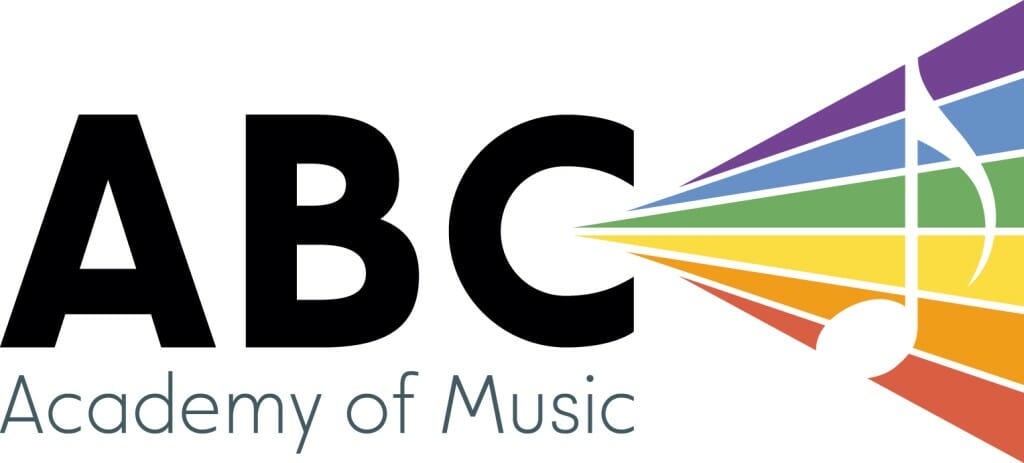Ryan
Let’s get your tone back this week! It looks like a lot of work this week, but don’t be discouraged; we’ve got a lot on the go and I’ve copied some notes from previous weeks regarding our repertoire.
Warmup:
#1. Start with some deep breathing. This is an exercise that won’t always translate directly to performance (We often don’t have this long to breathe in a piece), but it will help you become more aware of the true volume of your lungs and the feeling of good air support. Remember: full, vibrant tone comes from proper use of your air and an embouchure that doesn’t get in the way of the reed’s vibration.
- In order to breathe as deeply as possible you need good posture: aim for a stacked spine, a supported line from your hips to your head. Use the bottom muscles of your abdomen to support your torso, but avoid tensing the abs; tension there will prevent you from filling the bottom of your lungs. Also try to be aware of any muscle tension in your shoulders as you finish your inhalation.
- Before your inhalation make sure to exhale all air in your lungs. If you have properly exhaled all of your air a vacuum will be formed by the diaphragm relaxing against your empty lungs; the moment you allow air to flow back into your lungs (through your nose and/or mouth) it will sound like a gasp.
- Inhale deeply, letting your belly fill first, then your middle and upper lungs. Think about breathing into your lower back, relaxing the muscles there and allowing your lungs to expand. I know that I’ve inhaled at a truly deep level when I feel the muscles of my back stretch. Think about that. At the top of your inhalation, hold your breath for a moment, stopping the air from escaping with your closed lips.
- Exhale by opening your lips just slightly, allowing your body’s natural pressure to push the air out (like letting the air escape from an inflated balloon). As you exhale further you’ll need to engage the abdomen muscles as well, but see how far you can go by letting your body exhale using relaxation. When the abdomen is engaged, practice a controlled ‘crescendo’, pushing out the air to the end of your breath.
- Repeat 5 times every practice session before picking up the horn.
Alternate warmups each practice session:
#2. Continue the Flexibility Exercise. Practice this quietly, growing to an mp-mf in the middle of the phrase then diminuendo until the end of the phrase. Each group of three notes should take a full breath. Remember, tension in the embouchure is the enemy! Controlled looseness will open up your tone and help your flexibility.
#2.5 Bach’s cello suite #1 as a longtone warmup. Practice all notes detached, playing a full breath on each note. Try to anticipate the next note and prepare your body to play it by ‘hearing’ it first in your mind’s ear (it might be helpful to sing it out loud between played notes).
Technique:
#3. Continue F# minor scale in thirds at the back of the Voxman Book. Work up in speed, never losing sight of the goal of consistent technique.
#4. Practice all Blue Bossa arpeggios full range
Repertoire:
#5. Continue F# minor etude
- metronome at 120, accented beat one. Don’t lose track of it as you play!
Practice it with the grace notes (but not the trills) this week.
Remember that you can hold the low C# key down and it will act as a G# key.
Play with more extreme dynamics (especially the pp towards the end of the piece), and don’t forget the written articulation.
Listening:
#6. Listen to Blue Bossa by Dexter Gordon, following along to the lead sheet. Remember, the entire track is variations of the 16 bars you have on your page; as you listen, try to pick out what Dexter plays in his solo. It will always be related to the arpeggio or the scale happening at the time. More importantly, listen to the improvised melodies and how they resolve. Where do they usually start and end? Are the rhythms he plays complicated? Your improvisations could be more rhythmically rooted; see what you can take from this recording.
